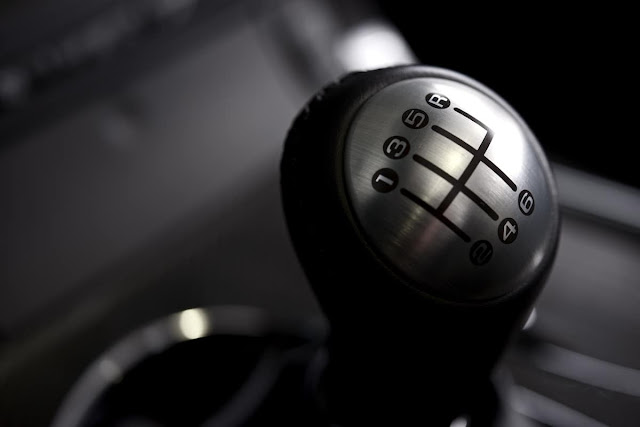Driving is such a seemingly simple task if you ignore what goes on behind the scenes. There's a lot more to driving than just pedals and wheels. Your vehicle's engine has numerous moving parts that all work in harmony to deliver you motion and power. While you don't need to know everything about vehicle engineering to be a better driver and vehicle owner, it does help to have a basic knowledge. Follow along with us at Toyota of Orlando while we explain the importance of the car transmission.
The Basics of Car Transmission
Before we dive into the specifics, it's helpful to know the basics of the 2 different types of Orlando car transmission.
Manual Transmission
Known as the original transmission, manuals were the first to be used in automobiles. Drivers must shift gears for the engine by using a clutch and hand shifter. Gears are changed as the vehicle speeds up, slows down, and adjusts RPM. This type of transmission requires more attention and knowledge from the driver.
Automatic Transmission
Automatic Orlando car transmissions are more common today than manuals because of their convenience. Engines shift independently from the driver when they reach the correct speed and RPM. Shifting with this type of transmission is much smoother and allows the driver to have a free hand. But, it does dampen fuel efficiency a tad because of a slight gear shifting lag.
Different Types of Automatic Car Transmission
Because of their wide use, automatic transmissions have experienced a bit of variety in their transmission segment. Here are some of the more common ones you'll likely come across:
Continuously Variable Transmission (CVT)
Used commonly in Orlando Toyota vehicles, especially smaller sedans and family vehicles, CVTs don't shift. What? Yes, CVTs technically don't undergo gear shifting in the traditional sense of the word. Instead of gears, CVTs use a system of pulleys to smoothen out the transition between RPM markers. Drivers with this type of car transmission will notice the lack of shifting feeling along with an excessive amount of engine noise from time to time.
Conventional Automatic
Conventional automatics use an electronically controlled clutch pack and torque converter to shift for you depending on the speed and RPM you achieve. This type of Orlando car transmission requires no input from the driver whatsoever.
Automated Manual
A combination of manual and automatic, this car transmission still shifts automatically but allows the driver the option to treat it like a manual. This transmission can be identified by the presence of paddle shifters or an expanded shifter.
Dual-Clutch Automated Manual
This one you won't likely find on many Orlando Toyota vehicles. Dual-clutch transmissions work by using 2 different gear shafts, one for even number gears and the other for odd. Your car's internal computer pre-selects the gear you'll be shifting to, shifts to it, and simultaneously disengages the previous gear.
Do you have more questions about how car transmissions work? Give Toyota of Orlando a call today at (407) 298 0001!


No comments:
Post a Comment
Note: Only a member of this blog may post a comment.